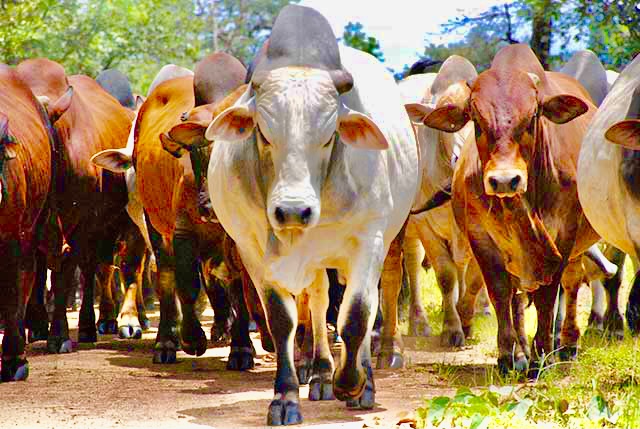Africa’s copper producer Zambia will in the medium term still grapple with scaled food prices which continue to keep its inflation at two decade highs. According to the Zambia Statistics Agency – ZSA July annual inflation was unchanged at 24.6% as food inflation was unchanged at 31.2% while the non food component of the consumer price index infinitesimally ebbed 0.1% to 17.0%. While food prices have been scaled by an uptick in protein products such as beef and fish, the zero change in price for June was attributed to stability in the costs of sardines, cooking oil and greens.
Consumer price index (CPI) for the month was 0.3%, a percentage pint slide from previous months 1.3% while food inflation for the month was 1.5% lower at 0.2% as non food sagged 1.1% to 0.4%. the upward trajectory in Zambia’s CPI was fuelled by currency weakness which to some extent fuelled cost push pressures that have elevated the general cost of living.
Global food prices however remain elevated as a consequence of pandemic related disruptions that continue to push wheat, soya and beef prices high. The FAO index remains elevated as food prices are 40.0% higher globally. According to Commodity Insight Africa weekly report dated July 2021, commodity prices such as soya beans to highs of $578/MT with slowing supply and panic buying more prevalent. The Zambian poultry industry has lobbied the state to stop exports as its grapples with procuring sufficient stock.
UPSIDE RISKS TO ZAMBIAS INFLATION
As the copper producer navigates realigning inflation within the central banks targeted bank of 6-8.0%, upside risks to consumer price index (CPI) remain from potential energy price adjustment in the petroleum sector and the effects of soaring soft commodity prices globally.

Zambia has since 26 December 2019 kept its pump fuel prices unchanged as the authorities chose to bear the burden of cost push pressures posed by the pandemic. Price adjustments could mean cost reflective pricing in the energy sector which could pose inflationary.

Soya bean prices have remained elevated supported by increased demand from China. These have continued to scale feed prices higher impacting the poultry sector.
Rising soft commodity prices are world markets demand more produce such as soya, feed prices remain at risk which could impact the protein industry locally.
The current inflation continues to keep the treasury bill curve underwater and has eroded premiums on real bond yield for local investors.
The Kwacha Arbitrageur

